Sovereign state United Kingdom Postcode district PO38 Dialling code 01983 | Post town VENTNOR Police Hampshire | |
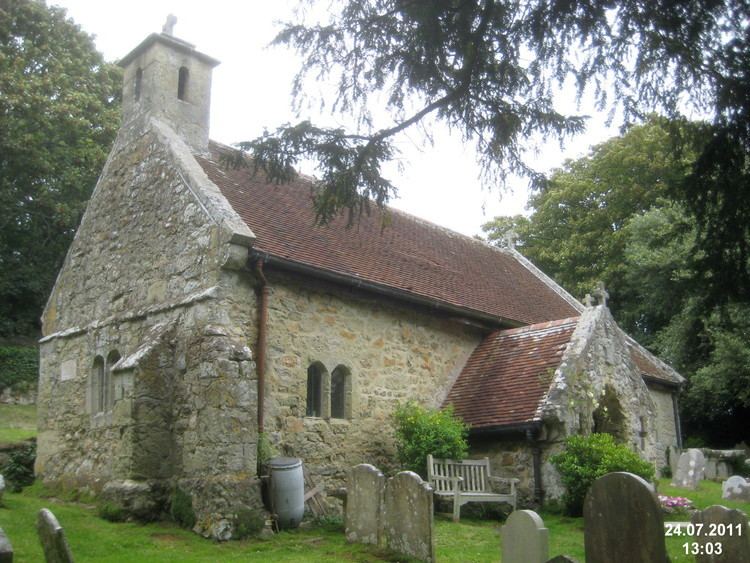 | ||
Weather 8°C, Wind W at 24 km/h, 80% Humidity | ||
Spring cottage bonchurch isle of wight
Bonchurch is a small village to the east of Ventnor, now largely connected to the latter by suburban development, on the southern part of the Isle of Wight, England. One of the oldest settlements on the Isle of Wight, it is situated on The Undercliff adjacent to the Bonchurch Landslips (or "The Landslip") Site of Special Scientific Interest. The main village is backed by a cliff to the north, with the Upper Bonchurch section on the clifftop halfway up St Boniface Down on the main A3055 road.
Contents
- Spring cottage bonchurch isle of wight
- The leconfield bonchurch ventnor isle of wight
- Geography
- History
- Pop culture
- Transport
- References
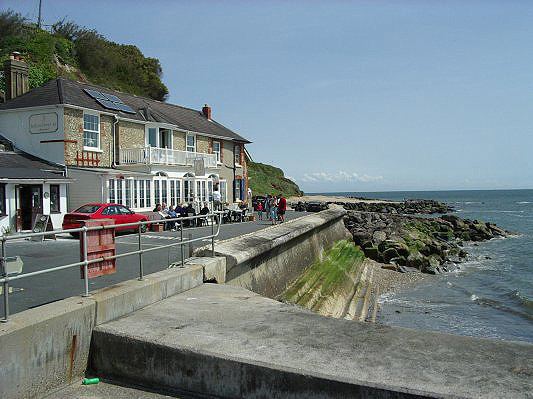
The leconfield bonchurch ventnor isle of wight
Geography
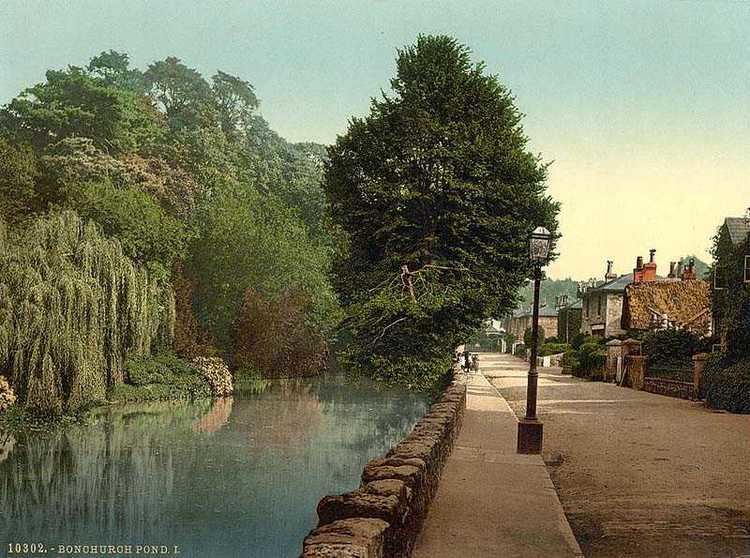
Bonchurch is situated on a stable section of former landslip, its main street (Bonchurch High Street) running east-west in a valley sheltered to the north by cliffs, and to the south by The Mount, a ridge of slipped rock. Bonchurch High Street has an adjacent landscaped pond, fed by a spring, on the site of former withy beds. The Shanklin-Ventnor route originally passed through Bonchurch, descending the ciff by the steep Bonchurch Shute; now it is bypassed by the clifftop A3055 Leeson Road.
History
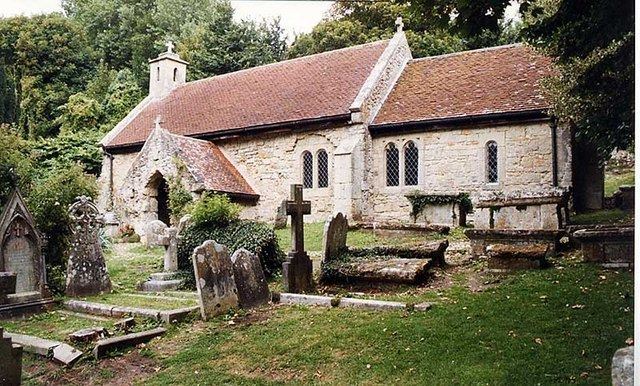
The presence of a water spring is believed to be the reason why humans first settled in the area where present-day Bonchurch is located. A prehistoric race lived in the area around the Undercliff, land which was wild forest. Evidence has also been found showing that men that lived during the Stone Age had lived near to the water spring. Five burial mounds have been discovered at St. Boniface Down. Evidence has also been discovered showing that the Romans established a settlement in the area.
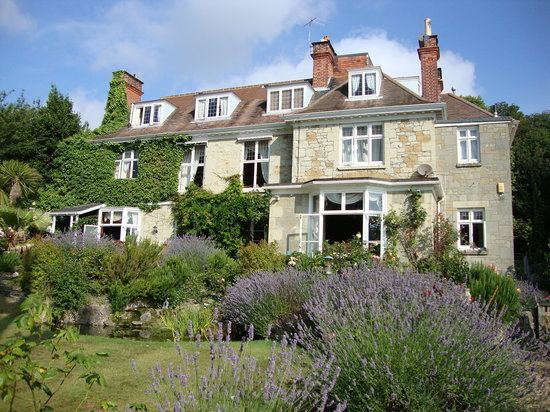
The Saxon patron saint, St. Boniface, is believed to have visited the Isle of Wight, and possibly the area where Bonchurch is now located, in the 8th century. Legend states that monks from Lyra in Normandy landed at Monks Bay, near to modern-day Bonchurch, and erected a building in dedication to St. Boniface. This building could be the wooden building which is believed to have existed in the 9th century where the Old Church now stands.
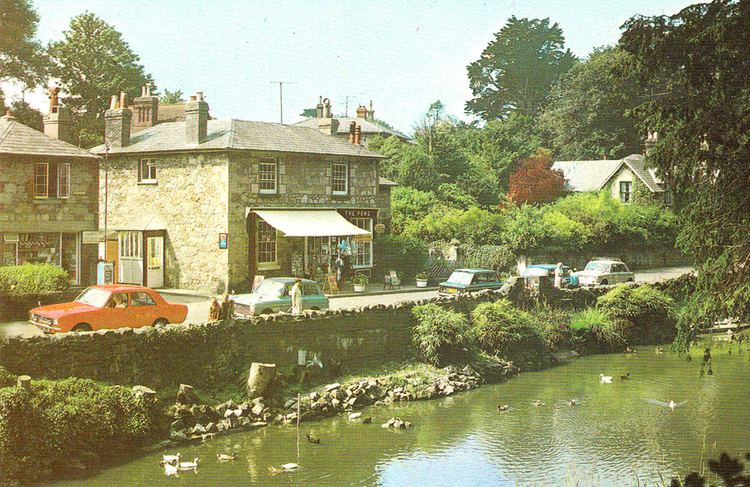
The first documented proof of the existence of Bonchurch is found in the Domesday Book. In the Domesday Book, the settlement was called Bonecerce. 'Cerce' is Anglo-Saxon for 'church', whilst 'Bone' is presumed to have been derived from St. Boniface.

Bonchurch has two churches. The oldest one is called the Old Church. The Domesday Book recorded its existence. See Old St. Boniface Church, Bonchurch and St. Boniface Church, Bonchurch.
In July 1545, the Battle of Bonchurch was fought. 500 French soldiers had landed at the coast near Bonchurch, one of three landings that took place on the coastline of the Isle of Wight by French soldiers. 300 Isle of Wight militiamen engaged the French forces, and the militiamen won the engagement. Some accounts state that local women participated in the battle by shooting arrows at the French soldiers. The victory is considered to have decisively stopped the French invasion of the Isle of Wight.
Soon after the battle, a number of men from the French fleet which had retreated from the Solent after the Battle of the Solent landed on the coast near Bonchurch. The men were engaged in a military action by English soldiers whilst they were on a mission to collect fresh water on the island. A French senior officer, Chevalier D'Aux, was killed. His body was buried in Bonchurch, but was exhumed and taken back to France in 1548 after the war between England and France had ceased.
In the late 1830s and onward, the hitherto rural Bonchurch was extensively developed for exclusive private villas, following land acquisition and sale by the Reverend James White. White married Rosa Hill, heiress to the manor of Bonchurch, and subsequently obtained a private local Act of Parliament to overturn parts of his father-in-law's will forbidding development and breakup of the estate. In the mid to late 19th Century, Bonchurch developed into a fashionable centre for writers and artists. Celebrated Victorians such as Charles Dickens, Thomas Carlyle, and Thomas Babington Macaulay, 1st Baron Macaulay came here and stayed in large villas that they rented, often for the season.
The poet Algernon Charles Swinburne spent his boyhood in Bonchurch, at East Dene, and was buried in 1909 at Bonchurch New Church, his grave being the subject of a poem by Thomas Hardy. He had an atheist funeral which was picketted in protest by his relatives. In the 20th Century Henry De Vere Stacpoole lived in the village for over 40 years, and was buried here in 1951.
Pop culture
In the 2006 TV Robin Hood, Much is made Earl of Bonchurch in the episode "A Thing or Two About Loyalty". It is implied it is not far from Locksley, but the non-fictional geography is different.
The village is also the setting of Graham Masterton's supernatural horror novel Prey.
Bonchurch, and its church is featured in the Commodore 64 videogame Spirit of the Stones, in which the game itself is set on the Isle of Wight itself.
Transport
Southern Vectis route 3 is the main bus service through the upper part of the village, to Newport, Ryde, Sandown and Shanklin, with Night buses on the weekends. Wightbus run local service 31 to Ventnor.
